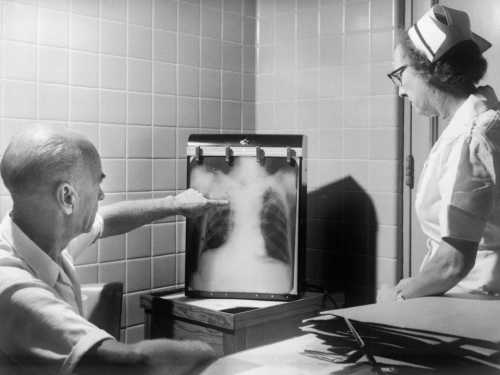
Germ theory was not immediately accepted throughout history, but once it was accepted, it paved the way for the creation of vaccines that could prevent disease by stopping germs in their tracks. (Image credit: Jackyenjoyphotography via Getty Images)
Germ theory is the idea that pathogens can invade the human body and cause disease, and it has not always been supported. Evidence supporting the theory has accumulated over time, and as it has, it has clashed with existing explanations for why and how diseases occur. However, it is now central to our understanding of why many diseases occur, as well as how to prevent and treat them.
In his new book, Thomas Levenson, a professor of natural sciences at the Massachusetts Institute of Technology, explores the history of germ theory while also addressing the larger question of why some ideas are embraced and others rejected. So Very Small: How Humans Discovered the Microcosmos, Defeated Germs — and May Still Lose the War Against Infectious Disease (Random House, 2025) brings readers into the present, as humanity continues to battle microbes in the form of antibiotic resistance and new manifestations of anti-vaccine sentiment.
Live Science spoke with Levenson about his new book, how germ theory came to be, and the deniers it faces today.
Nicoletta Lanes: When we look at the history of germ theory, were there any competing ideas about disease that were particularly difficult to refute?
Thomas Levenson: There was about 200 years, almost to the day, between the discovery of germs and the first clear demonstration that germs were the cause of infectious diseases, specifically Robert Koch's anthrax. I ask myself, “Why did it take so long?”
One of the difficulties with germ theory was that the prevailing concept was not completely wrong. It explained things plausibly enough. By the end of the pre-germ period, it even served as the basis for some actions that were actually useful. The whole hygiene movement stemmed from the idea that something about toxic, decaying matter was harmful to humans.
By the 19th century, the days had passed when it was believed that illness was “God's punishment” or something similar – that God sent illnesses through blight or miasma [the belief that diseases were spread through bad air].
Even without divine intervention, the idea that decay and rot could be carried through the air made sense of how epidemics or contagion worked at a distance. Contagion technically meant physical touch, but the concept had evolved to cover anything that could be transmitted from one victim to another. And that explained a lot of things… so miasma theory wasn't completely useless. There was no moment of, you know, “This doesn't make sense. We need to rethink this.” There was no such moment.
NL: It seems that they were aware of the more general conditions that favor the emergence of microbes, but they did not realize that the microbes themselves were the cause.
TL: I think it has to do with the fact that they already had a causal element. One of the themes of the book is the notion of hierarchies and the perception of one's place in them, which really matters.
[For example], living in adverse conditions is really bad. Even without divine influence, there is a strong moral argument [because the idea was that] the poor are poor because they are bad. “Look at how they drink, look at the poverty they live in, and so on.” So disease is seen as the result, in a sense, of broader environmental and social decisions. Some people will say, “Well, you know, it’s not the poor’s fault that they are poor. The conditions they live in make them vulnerable to disease, but those conditions are what we have to fix.”
And others argued, “No, they live in these conditions because that's who they are.” But no matter how you come to this particular argument, both sides agree
Sourse: www.livescience.com





